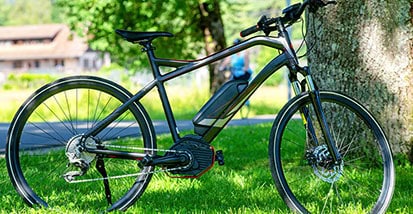- Curved Lithium Polymer battery
- Fast Charge Polymer Battery
- Flexible Polymer Lithium Battery
- Ultra-thin Polymer Battery
/ Blog /
Common Questions About Lithium Battery Exports
23 Nov, 2023
By hoppt

What are the common types of lithium batteries?
Answer: Lithium batteries can be broadly categorized into two types based on their working principles: Lithium Metal Batteries, which use manganese dioxide as the cathode and metallic lithium or its alloy as the anode with a non-aqueous electrolyte solution; and Lithium-Ion Batteries, which use lithium metal oxide as the cathode, graphite as the anode, and a non-aqueous electrolyte.
What are the common United Nations Dangerous Goods numbers for lithium batteries?
Answer: As per the United Nations Recommendations on the Transport of Dangerous Goods (TDG), lithium batteries are classified into three main categories based on their working principle and mode of transportation:
- Pure Batteries:
- UN3480 — Lithium-ion batteries
- UN3090 — Lithium metal batteries
- Batteries installed in equipment:
- UN3481 — Lithium-ion battery packs installed in equipment
- UN3091 — Lithium metal battery packs installed in equipment
- Battery-powered vehicles or self-propelled equipment:
- UN3171 — Battery-powered vehicles or battery-powered equipment
- UN3556 — Vehicles powered by lithium-ion battery packs
- UN3557 — Vehicles powered by lithium metal battery packs
Under what conditions are lithium batteries exempt from "dangerous goods packaging"?
Answer: According to international regulations, lithium batteries are exempt from "dangerous goods packaging" in two main scenarios:
- Batteries in electric vehicles and electric bikes are exempt from hazardous goods packaging requirements.
- Batteries with a rated capacity or lithium content below a specific threshold. For lithium metal or alloy batteries, the lithium content should not exceed 1 gram, and for battery packs, the combined lithium content should not exceed 2 grams. For lithium-ion batteries, the watt-hour rating should not exceed 20Wh, and for battery packs, it should not exceed 100Wh.
These exemptions are valid provided the batteries meet the conditions outlined in Special Provision 188 of the International Maritime Dangerous Goods (IMDG) Code.
Does TDG Special Provision 188 include the weight of the equipment?
Answer: Special Provision 188 applies only to batteries transported separately and refers to the total weight or gross weight of the packaged item.
Do lithium batteries meeting general cargo transportation conditions require transport labels?
Answer: Specific requirements vary, but lithium batteries complying with Special Provision 188 are exempt from some regulations in the TDG but must be marked with watt-hour ratings and appropriate lithium battery markings.
For lithium battery packs meeting Special Provision 188 exemptions, is it necessary to select "dangerous goods" in single-window declarations? Answer: Lithium battery packs complying with Special Provision 188 still fall under dangerous goods, and as per customs declaration norms, it's advisable to mark them as dangerous goods in single-window declarations.
How is certification handled for lithium battery storage cabinets exceeding dangerous goods packaging dimensions?
Answer: Energy storage cabinets containing lithium batteries, due to their lack of external packaging, do not fall under dangerous goods packaging inspection and do not require submission of documents for dangerous goods packaging certification to customs.



